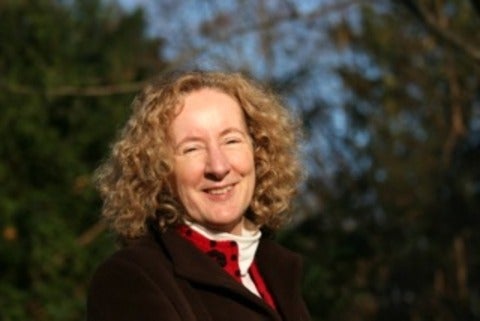Xu: Practical side-channel-free quantum key distribution
Feihu Xu, University of Toronto
In theory, quantum key distribution (QKD) provides information-theoretic security based on the laws of physics. Owing to the imperfections of real-life implementations, however, there is a big gap between the theory and practice of QKD. This gap has been recently exploited by several quantum hacking activities.
